Historical weekend to mark 175th anniversary of railway coming to Haywards Heath
This article contains affiliate links. We may earn a small commission on items purchased through this article, but that does not affect our editorial judgement.
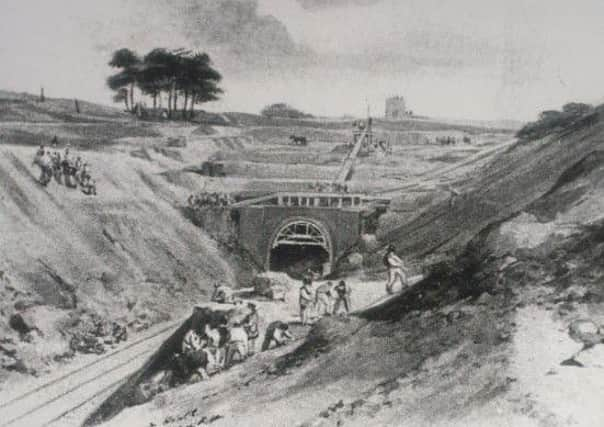

Until 1841, that’s exactly what it was.
With no railway line, two inns, eight farmhouses, one windmill and house, and nine cottages, its biggest impact on the history books had been during the Civil War when Parliamentarians defeated the High Sheriff of Sussex and his Royalists there as he headed for Lewes.
In 1841 that all changed with the arrival of the railway and the building of a railway tunnel – and now, 175 years later, there are big plans to celebrate the event that put Haywards Heath on the map.
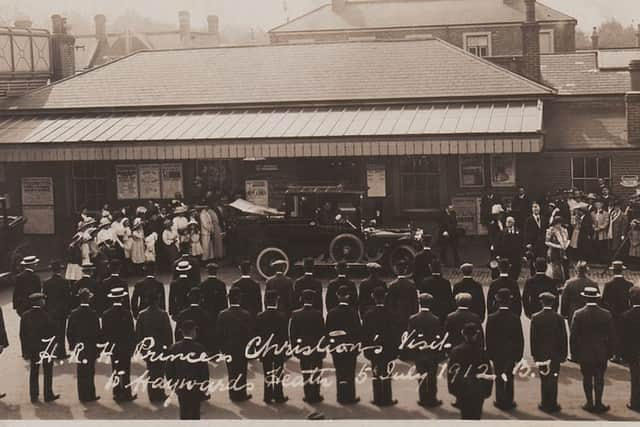

Advertisement
Hide AdAdvertisement
Hide AdThe line to what had become a rapidly growing town opened on July 12 1841, branching off from Norwood. Initially, passengers heading for Brighton were taken the rest of the way by coach and horses, until the remainder of the line opened on September 21.
Funnily enough, if it hadn’t been for villages such as Cuckfield and Wivelsfield declaring they didn’t want the railway coming anywhere near them, Haywards Heath would not be the town it is today. But the route was redrawn and history was made.
When it came to the building of the railway tunnel – known as the Folly Hill tunnel – one man’s contribution is literally carved into the stones of history. His name was Joseph Flesher and he was a contractor during the construction of the London to Brighton line. His initials are said to be inscribed into the stone above the entrance to the tunnel south of the station.
In his book ‘Mid Sussex Through The Ages’, published in 1939, Albert E Gregory described Haywards Heath’s transformation with the arrival of the railway.
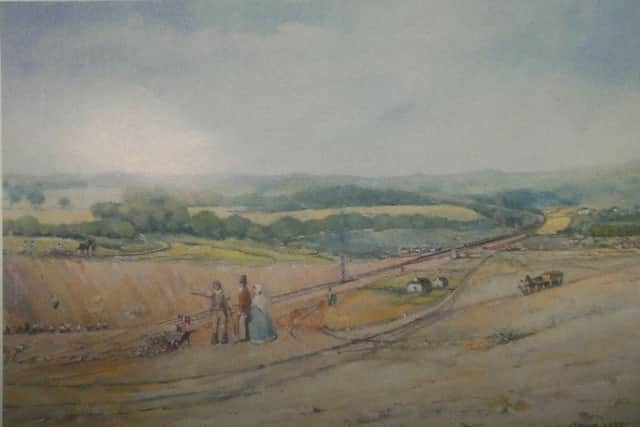

Advertisement
Hide AdAdvertisement
Hide AdHe wrote: “So the centuries old sleep of the Heath was broken by an army of north country navvies and the great change had begun. The railway was completed in 1841.
“A north countryman, Mr Flesher, the contractor for this section of the line, took such a fancy to the place that, during the progress of the work, he built a house for himself on top of the tunnel which, under much altered conditions, was called Clevelands, and it was the first house built as a direct result of the railway.”
Clevelands certainly wasn’t the last house to be built by Joseph. His great-granddaughter, Gwyneth Busfield, said he built 35 cottages just across the road, probably to house members of his family.
Joseph Flesher made his fortune from working on the railway and retired early. By all accounts, he fell in love with Sussex and spent the remainder of his life here. He died in November 1859, aged 53, and is buried in Cuckfield churchyard.
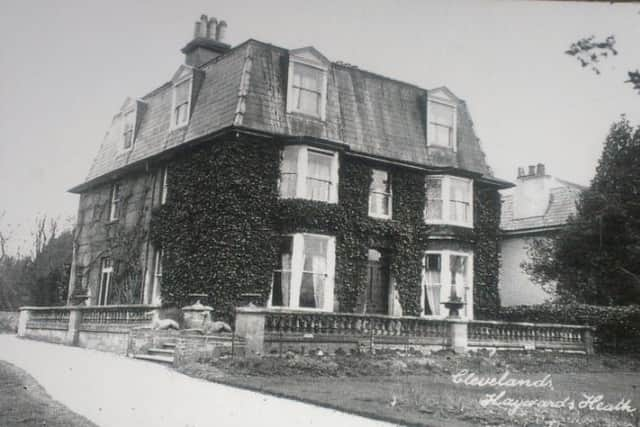

Advertisement
Hide AdAdvertisement
Hide AdClevelands was eventually demolished and Muster Court now stands on Joseph’s land, while the little row of shops, including Nat West, stands where the gardens used to be.
If you look behind the flats at Muster Court – and also at the car park in Dolphin Road – you will see two brick towers. These were used to send air down into the Folly Hill tunnel.
l A weekend of celebration is planned to mark the 175th anniversary of the arrival of the railway to Haywards Heath. Before 1841, describing the now vibrant town as a village would have been generous but things soon changed.
With the refurbishment of the station expected to be completed in a few short months, what better reason to celebrate 175 years since Haywards Heath was really put on the map?
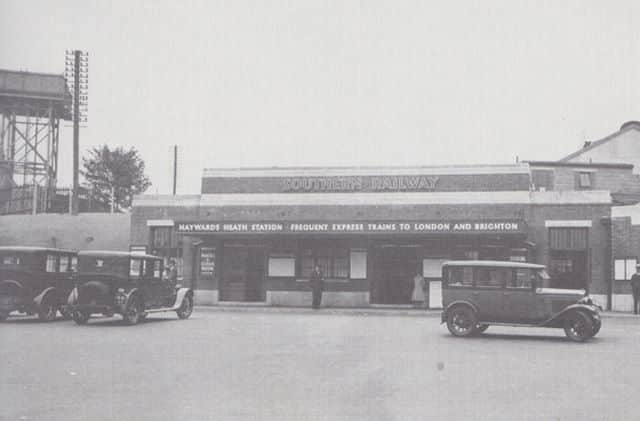

Advertisement
Hide AdAdvertisement
Hide AdOn September 17 and 18 those celebrations will take a Victorian theme, with family fun days and the unveiling of commemorative mosaics at the station – one showing the first train to have arrived, another created by local schools, and a third by the Twinning Association.
The Stepney locomotive, from the Bluebell Railway, will be at the station and there will be plenty of opportunities for visitors to ride the rails. There will also be land trains, horse and carriage rides, marching bands and a grand Victorian procession, as well as the curiously named Children’s Train Station Adventures.
On the Saturday afternoon there will be an open air screening of The Railway Children in Victoria Park, as well as a Victorian fun fair and stage entertainment .
For further information, log on to www.HH175.co.uk or contact Ruth de Mierre on 01444 453399 or Tim Briggs on 07799 643 721.
Advertisement
Hide AdAdvertisement
Hide AdDon’t miss out on all the latest breaking news where you live.
Here are four ways you can be sure you’ll be amongst the first to know what’s going on.


1) Make our website your homepage at www.midsussextimes.co.uk
2) Like our Facebook page at www.facebook.com/midsussextimes
3) Follow us on Twitter @midsussex_times
Advertisement
Hide AdAdvertisement
Hide Ad4) Register with us by clicking on ‘sign in’ (top right corner). You can then receive our daily newsletter AND add your point of view to stories that you read here.
And do share with your family and friends - so they don’t miss out!
The Mid Sussex Times - always the first with your local news.
Be part of it.